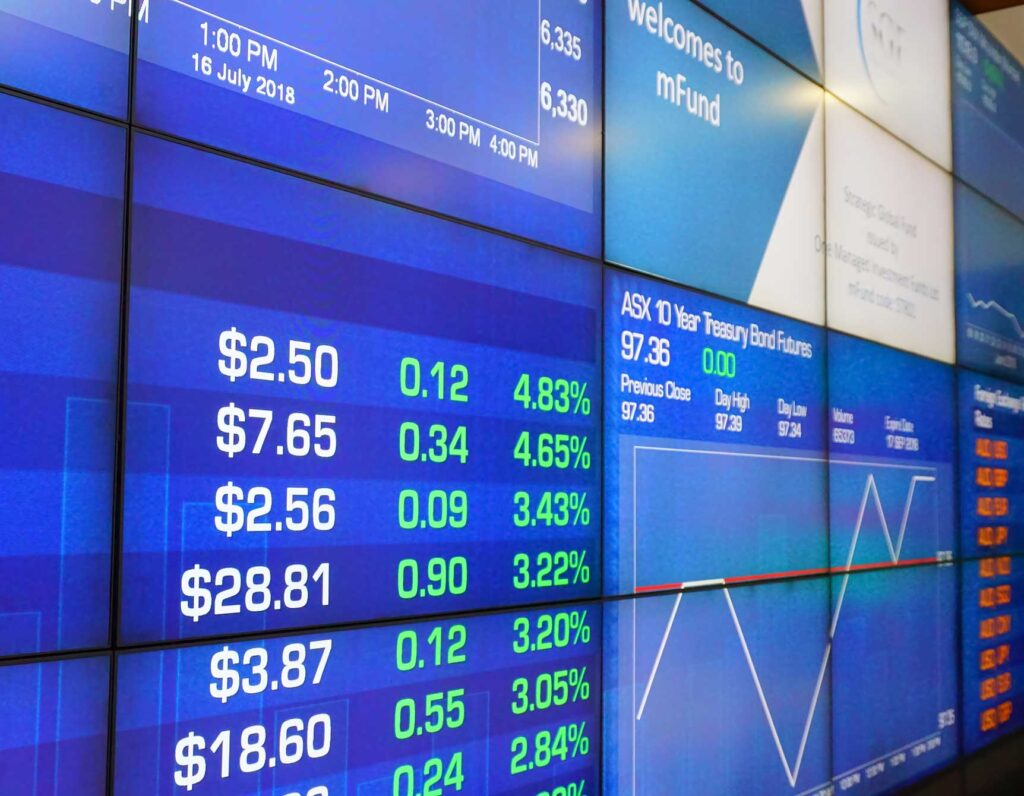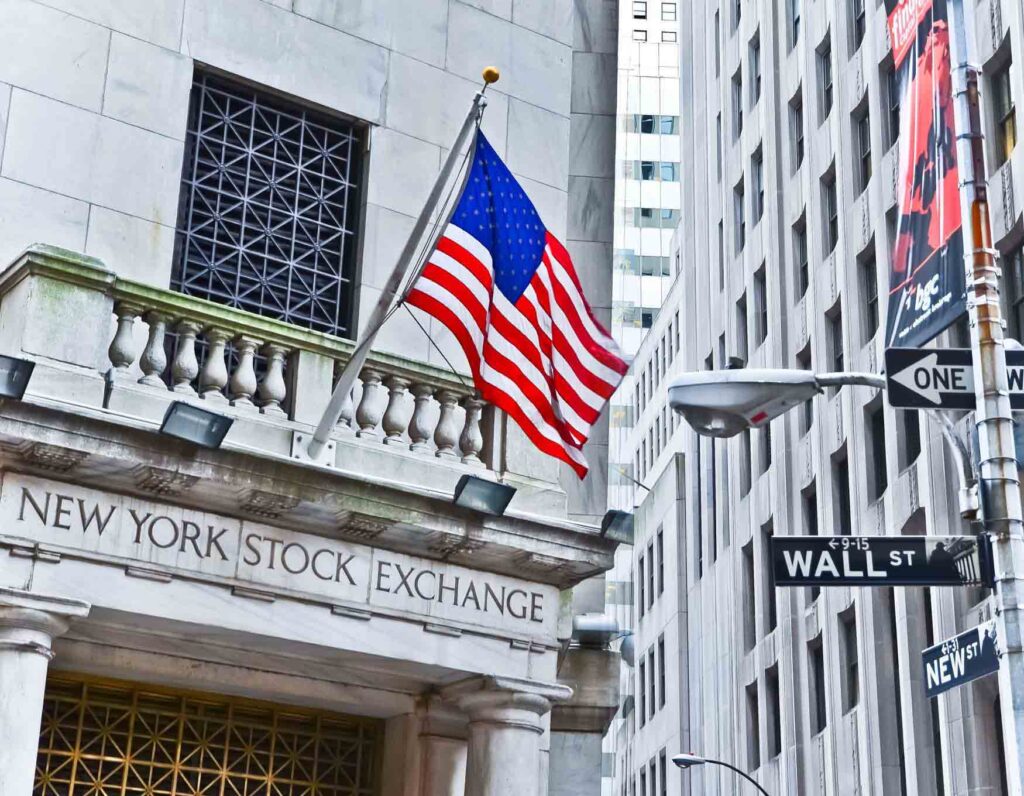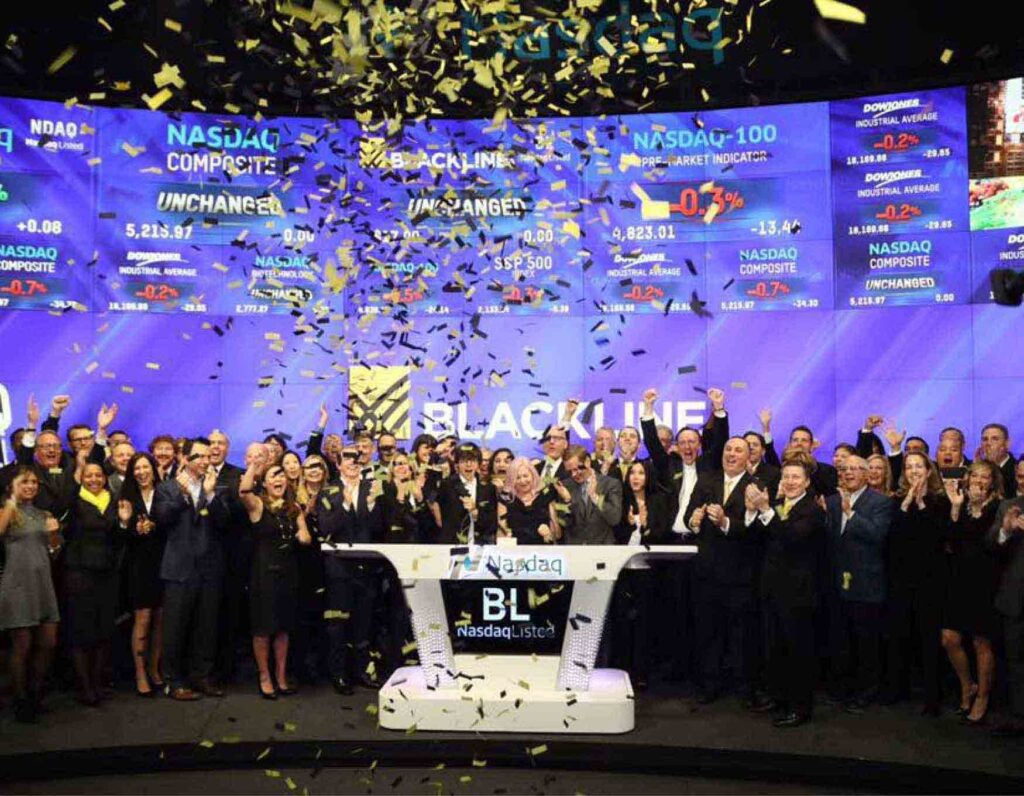Scan this article:
When you invest in shares, you have the option to submit a market order or a limit order to initiate a trade. These orders are essentially offers to buy or sell a chosen investment.
Remember a share market is just that: a market in which buyers are exchanging shares with sellers and vice-versa. Each side of the market sets the price at which they’re willing to purchase or part with their shares. When there is a match on both sides, the trade is processed and the shares are transferred.
When you invest with Superhero, you can decide how you signal your offer to the market. So what are your options and what is the difference between them?
Market order
When you submit a market order, you agree to purchase shares at the current market price, whatever that is. If you’re buying, a market order will trade with the lowest price available on the market. This means that you may pay a little more or a little less than what you expect.
With most shares and funds, prices don’t typically move a great deal within the space of a few seconds but there are of course instances where the share price may move more dramatically. For example, if a company releases price sensitive information outside of trading hours, a share price may change quickly when the market opens. In these cases, prices may jump around significantly more.
Limit order
A limit order on the other hand provides more control with investors setting the maximum price at which they’re willing to buy or the minimum price at which they’ll sell. If the market price doesn’t meet that limit, an order remains outstanding until either the price lines up and the order is filled, or the order expires altogether (after 30 days with Superhero).
Say, for example, that you want to buy 1000 shares of a company at $1 per share. If you set your limit order to $1 but company shares are trading at $1.05, your order will not be filled but it will remain active. If the price falls to $1 or below, your order will then be processed.
On the other hand if the share price continues to remain above $1, your buy order may never be filled and expire instead. Alternatively a limit order may also only be partially filled, especially if you’re trading a large amount of shares or trading a stock or company with low trading activity.
With Superhero, pending limit orders last for 30 days. You can view, and delete any outstanding orders you have by visiting the Superhero Dashboard.
Market order vs. limit order: which is best?
One way to think of the two different order types is about what part of the transaction they emphasise. A market order prioritises the trade while a limit order prioritises its price.
Each has its advantages and disadvantages. Whether you decide to use a market order or limit order will normally depend on the kind of investor you are or the type of investment in question.
If you’re looking to invest immediately, then a market order will ensure your order is fulfilled as soon as possible even if you pay a little more or less than you had anticipated. If you’re a long-term investor, small variations in price may not matter as much to you in the long run.
On the other hand, if you’re looking to get into or out of a company or buy an ETF at a certain price, or if you are buying or selling during a particularly volatile period, a limit order may be more appropriate. You can be sure of the price you’ll pay or receive but you cannot be certain you’ll find a buyer or seller – especially if you’re waiting for a share price to move significantly.

Become a part of
our investor community
Why you should join us:
- Join free and invest with no monthly account fees.
- Fund your account in real time with PayID.
- Get investing with brokerage from $2. Other fees may apply for U.S. shares.
Read our latest articles
Make knowledge your superpower and up your skills and know-how with our news, educational tools and resources.






























